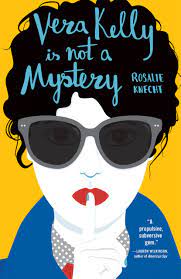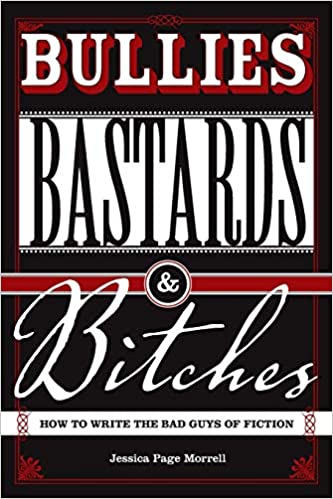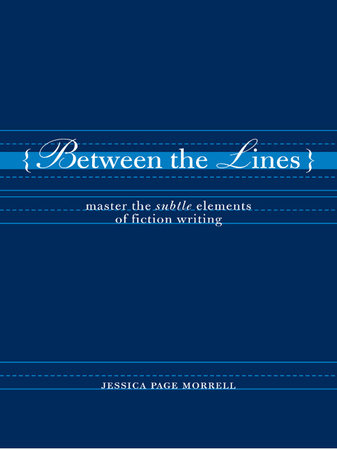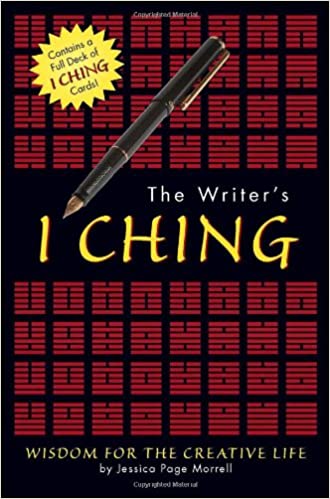 Good fiction pushes, propels, and prods characters along through twists, crises, and intriguing scenarios. A tricky part of writing fiction is determining when to speed up or slow down the pace. Drama contains high points, low points, and points in between. If you treat every moment in a story equally spending the same number of words, the whole will be unbalanced and false. Some actions need to be compressed or summarized such as when characters are traveling across town. If your character has arrived in Rio de Janeiro or Paris for the first time, readers want to see and experience what your character is experiencing. But you might want to skip transitions and use scene cuts to simply launch your character into a new location.
Good fiction pushes, propels, and prods characters along through twists, crises, and intriguing scenarios. A tricky part of writing fiction is determining when to speed up or slow down the pace. Drama contains high points, low points, and points in between. If you treat every moment in a story equally spending the same number of words, the whole will be unbalanced and false. Some actions need to be compressed or summarized such as when characters are traveling across town. If your character has arrived in Rio de Janeiro or Paris for the first time, readers want to see and experience what your character is experiencing. But you might want to skip transitions and use scene cuts to simply launch your character into a new location.
Now, genres like page-turning thrillers and action adventure typically race along lickety-split. Because characters are running for their lives, saving the planet, or foiling a coup. The plot is roiling with suspense and tension and often time is running out to increase both. They’re meant to be read in a few sessions or on a long plane ride or two. These stories are meant for entertainment not pondering life’s grave issues.
But not all stories are fast paced or should be. And sometimes stories need to slow down or pause so readers can take a breather or turn off the bedside lamp. While readers are often warned away from using ‘info dumps’ fiction requires context and information. It needs to offer insights into your characters and why they do what they do.
In my chapter on pacing in Between the Lines: How to Write the Subtle Elements of Fiction, I wrote: “There are plenty of times and reasons for slowing down, especially to emphasize a moment so readers can experience its emotional impact. There are also times when a sedate or dignified pace is called for and instead of jumping into the midst of action; you want to slowly build a scene to maximize the pay off. Readers want to relish love-making or wedding scenes, especially if they come after hundreds of pages of the characters too afraid of their feelings to venture into the bedroom or walk down the aisle. Readers also want to spend time at celebrations — parties, balls, and graduation ceremonies, as well as funerals, births and in the kitchen when characters are gossiping or struggling with difficult decisions.”
slowing down, especially to emphasize a moment so readers can experience its emotional impact. There are also times when a sedate or dignified pace is called for and instead of jumping into the midst of action; you want to slowly build a scene to maximize the pay off. Readers want to relish love-making or wedding scenes, especially if they come after hundreds of pages of the characters too afraid of their feelings to venture into the bedroom or walk down the aisle. Readers also want to spend time at celebrations — parties, balls, and graduation ceremonies, as well as funerals, births and in the kitchen when characters are gossiping or struggling with difficult decisions.”
These pauses don’t always happen naturally when you’re creating your first draft. This means you’ll likely add them after a careful read-through and then tackling a second draft revisions. I suggest as you read your first draft (a printed version in a different font from the one you used for your first draft) you make a scene list. Then determine which ones to zip along to the next scene or scene cut, which one needs an aftermath, and which ones need to happen moment by moment, almost in slow mo. Some events are momentous and require a sequel that nudges the plot forward. For example, a character might make a hard decision while emotions are inflamed based on the previous scene.
As mentioned using a pause or slow pace can emphasizes significance. They can also be used to increase anticipation of what is to come. Often using heightened or lush details accomplishes this.
Here’s an example from Rosalie Knecht’s Vera Kelly is not a Mystery. It’s the second story in a fresh series that takes place in the 1960s with a complicated, witty, scrappy, often out-of-her-depth protagonist. Knecht uses a slow burn approach through much of the story–until she doesn’t. Vera is searching for a missing boy in the aftermath of the Dominican Republic unrest. She arrives at the boy’s family home using the pretense that she’s scouting for locations for an upcoming film. Did I mention his parents have disappeared? But first Vera and a hired driver travel further from cities into a low mountain range.
The sky was overcast here in the mountains. I hadn’t noticed the change until now. The air was still; the leaves were still; over the fields birds circled and dove. There was a man out there pointing a rifle at the sky.
After driving through an avenue of massive mahogany trees they reach a guard house. Miguel slowed to a stop. I leaned forward in the back seat. He put the car in neutral and set the brake, I watched him and approach the smoked-glass window. The quiet of the mountains pressed in, even over the sound of the idling engine. A breeze moved through the caoba leaves, a faintly oceanic sound. Maybe a warning of rain. The guard house is empty so she urges him to drive on. Notice the mood and sense of remoteness that she’s creating along with a sense of a deepening mystery.
 We drove through, past a turnoff for a dirt road that led across a field. I thought of the man with the rifle. The place wasn’t empty. But we saw no one now. Lawns opened up on either side of the avenue–lawns that had not been cut in some time. A red clay tennis court surrounded by low topiary with the net fallen in. At a turn, a horse stood across the road. It shied back when we stopped, and ambled away through bushes dotted with fruit.
We drove through, past a turnoff for a dirt road that led across a field. I thought of the man with the rifle. The place wasn’t empty. But we saw no one now. Lawns opened up on either side of the avenue–lawns that had not been cut in some time. A red clay tennis court surrounded by low topiary with the net fallen in. At a turn, a horse stood across the road. It shied back when we stopped, and ambled away through bushes dotted with fruit.
“You’re sure there are people here?” Miguel asked.
“I don’t really know,” I said. “I just heard it was a nice estate. Maybe I’m too late.”
“People leave, sometimes–they leave suddenly.”
The car emerged from the avenue into a circle drive, and the house rose up before us. Miguel and I both sat back involuntarily in our seats. The car coasted to a stop, as if too shy to approach the house. The yellow stucco of the guardhouse was repeated here, but on a grand scale, fringed with palms, circled by a double role of verandas. Knecht goes on to describe a grand house that’s seemingly deserted, or is it? The last sentence is: Concrete urns ran along the front of the house, some empty, some filled with a flowering bush I didn’t recognize, some broken, one hosting a ravaged stick netted with spiderwebs.
Notice how the descriptions are getting darker? Vera gets out of the car and approaches the house noticing chickens on a veranda and grazing at the foot of a gazebo that could have housed a modest orchestra.
I climbed the left staircase in front. Water pooled on the steps. The veranda, I saw when I reached the top, was silted in with dead leaves from the tree in front. It had not been swept in a long time. But on a round patio table near the door, an empty bottle of rum, some jam jars, and a mango skin attracted a fresh cloud of flies. I lifted the iron knocker and let it fall twice. There was no answer. I tried again. Over my shoulder, I could see Miguel in the car, leaning on the wheel, looking left and right.
It was at that moment that the man with the rifle walked up the driveway behind the car.
The novel is 249 pages, and the trip from Santa Domingo to the house takes up twelve pages. I’m expecting danger ahead aren’t you? And if you’re expecting the pace to quicken and Vera to be ensnared, you’d be right.
Keep writing, keep dreaming, have heart





Leave a Reply